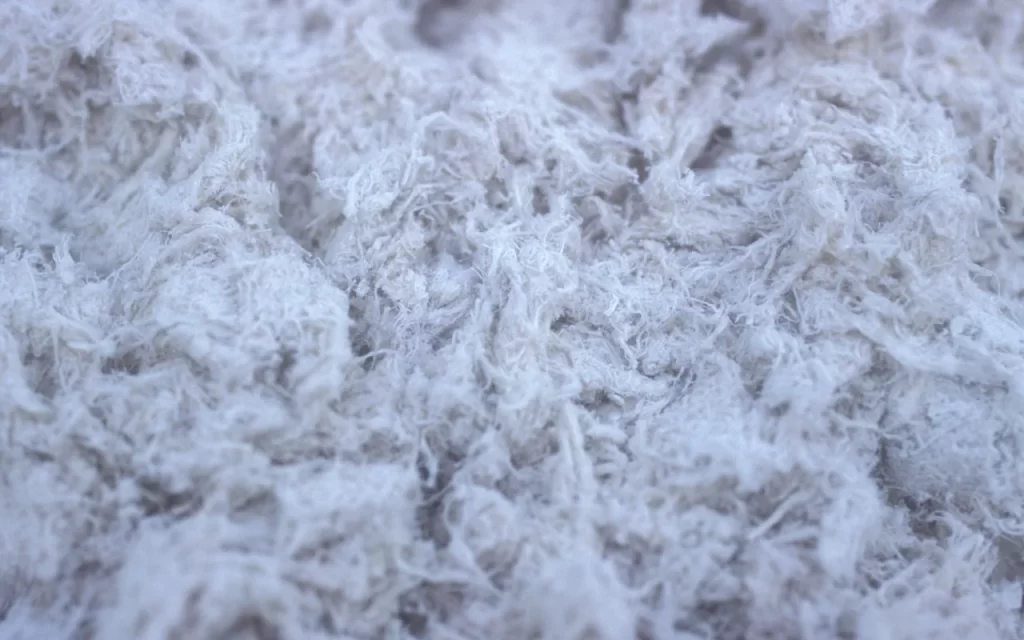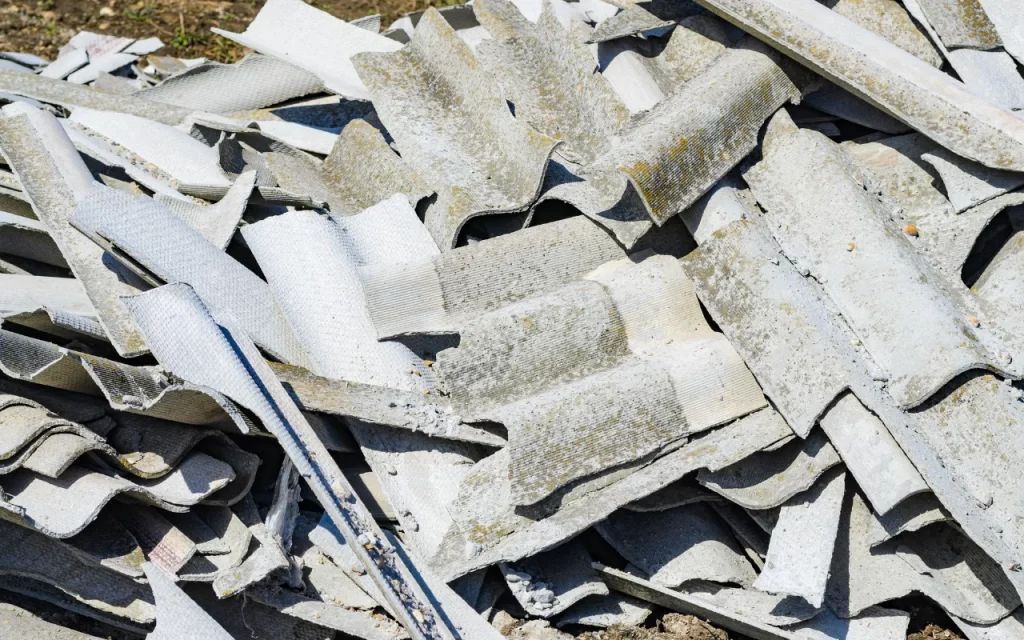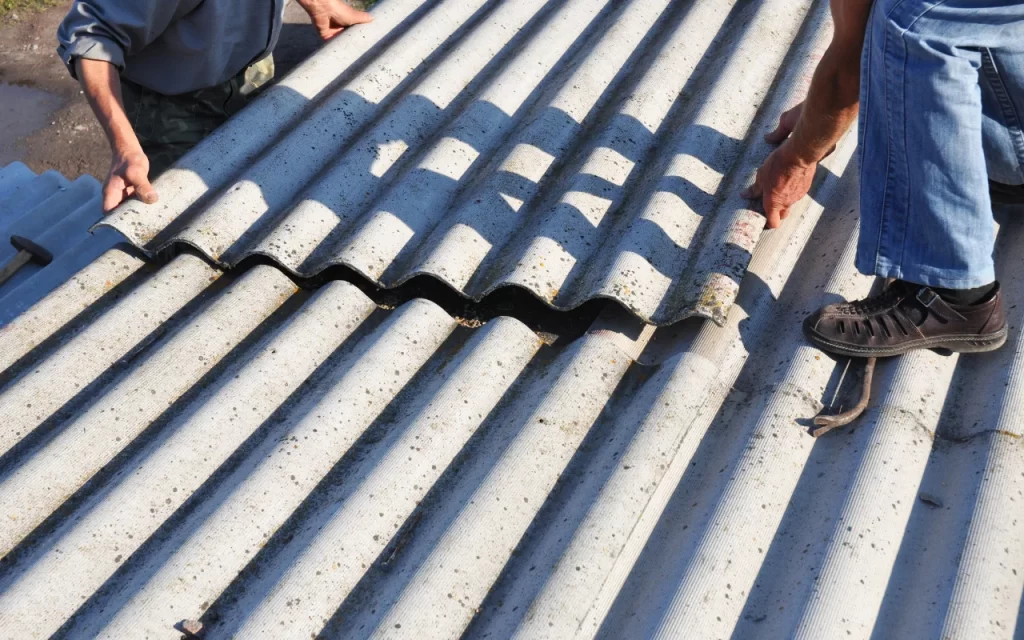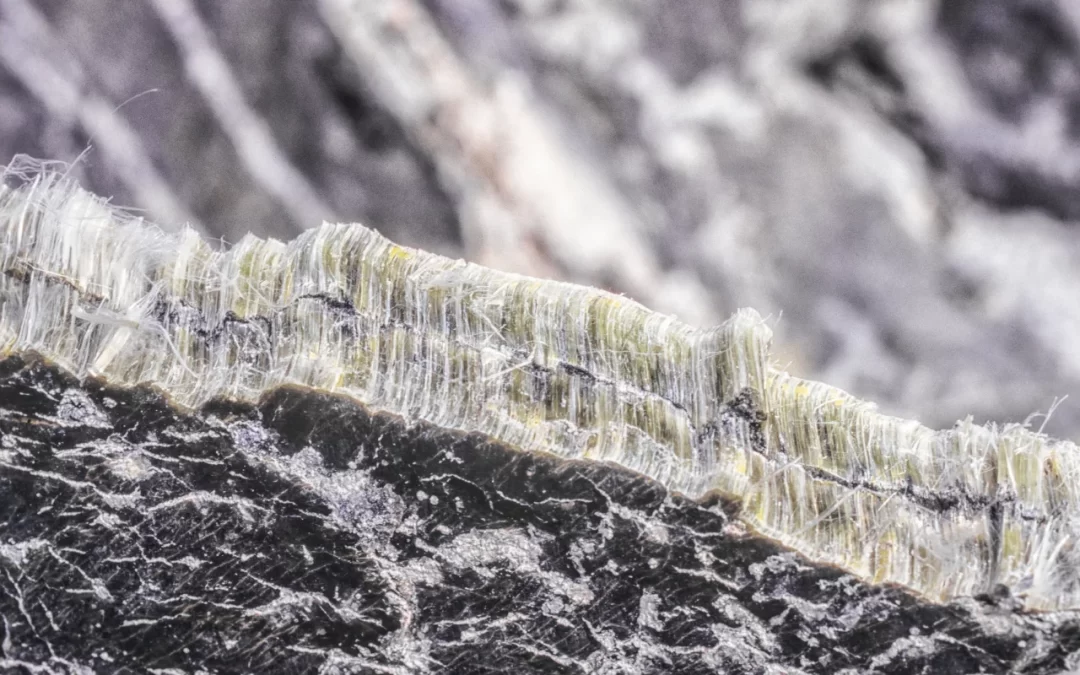Asbestos was once hailed as a miracle material, praised for its fire resistance, strength, and insulation properties. For decades, it was used widely in construction, manufacturing, and various industries across Australia. However, the dangers of asbestos exposure eventually became undeniable, leading to tighter regulations and an eventual ban. But when exactly did asbestos stop being used? And what does that mean for Australians today?
In this blog, we’ll explore the history of asbestos use in Australia, the timeline leading to its ban, and why understanding asbestos risks remains critical—especially for homeowners, renovators, and businesses. We’ll also discuss services such as Asbestos Audits, Asbestos Registers and Management Plans, and Asbestos Clearance Inspections and Certification that help mitigate these risks today.
The Rise of Asbestos Use in Australia

Asbestos use in Australia dates back to the early 20th century. During the post-war construction boom, particularly between the 1940s and the late 1980s, asbestos was used extensively in thousands of products—from roofing and wall sheeting to insulation, pipes, vinyl flooring, and even textured paints.
Three main types of asbestos were used in Australia:
- Chrysotile (white asbestos) – used in cement sheeting and pipe insulation.
- Amosite (brown asbestos) – commonly found in cement sheets and insulating boards.
- Crocidolite (blue asbestos) – used in insulation and high-temperature applications.
Australia has one of the highest per capita asbestos use rates in the world by the 1960s and 1970s.
The Shift in Awareness and Regulation
The shift from asbestos being a “wonder material” to a well-known health hazard was gradual. Medical evidence linking asbestos exposure to serious illnesses—such as mesothelioma, lung cancer, and asbestosis—had begun emerging as early as the 1930s. However, it wasn’t until the late 20th century that public concern and government response intensified.
Key Regulatory Milestones:
- 1970s-1980s: Initial restrictions were introduced. The use of crocidolite (blue asbestos) began declining due to its high toxicity.
- 1983: The National Health and Medical Research Council recommended that asbestos products be phased out.
- Late 1980s: Major manufacturers voluntarily stopped producing asbestos-containing materials.
- 1991: The use of all forms of asbestos was banned in friction products (e.g., brake pads) and gaskets.
- Australia completely prohibited the production, use, and importation of asbestos of any kind as of December 31, 2003.
As of this date, no asbestos-containing materials could be legally used, sold, or imported nationwide. However, asbestos remains present in many older buildings, especially those built before 1990.
What the 2003 Ban Means Today

Although asbestos was officially banned in 2003, it still lurks in millions of Australian homes, commercial buildings, and public infrastructure. Any property built before the early 1990s is likely to contain asbestos materials in one form or another.
This means that asbestos management isn’t a problem of the past—it remains very much a present-day concern. Renovations, demolitions, and even everyday maintenance in older buildings can disturb asbestos materials and release harmful fibres into the air.
That’s why it’s essential to consult professionals when dealing with suspected asbestos. Services like Asbestos Sample Testing can help identify materials before any work begins.
Who Is at Risk?
Anyone who comes into contact with disturbed asbestos fibres is at risk of exposure. This includes:
- Homeowners undertaking DIY renovations.
- Tradespeople and contractors working on older buildings.
- Tenants and occupants of properties with deteriorating asbestos materials.
- Facilities managers are responsible for schools, offices, or public buildings.
If you’re unsure whether your home or workplace contains asbestos, a professional inspection is crucial. This is where services such as asbestos audits, asbestos registers, and Management Plans come into play. These tools help you identify the location of asbestos, its condition, and how to manage or remove it safely.
What to Do If You Suspect Asbestos
Do not try to remove or disrupt asbestos yourself if you suspect it in your house or place of employment. Serious health concerns can arise from the release of tiny fibres caused by even modest disruptions.
Instead, engage certified professionals who offer services like:
- Asbestos Sample Testing – to confirm the presence and type of asbestos.
- Asbestos Clearance Inspections and Certification – to ensure an area is safe post-removal.
- Asbestos Registers and Management Plans – to maintain ongoing safety in commercial buildings.
The cost of these services is often far less than the potential health and legal fees associated with improper handling. If you’re wondering how much it costs to remove asbestos, it’s best to obtain a tailored quote based on the amount, location, and type of material involved.
Hidden Dangers Beyond Asbestos

While asbestos is a significant hazard, it’s not the only threat lurking in Australian homes. Mould growth, particularly in damp or poorly ventilated areas, can also cause health issues. If you’re struggling with this issue, it’s worth exploring guides on how to get rid of mould in your house, especially after flooding or high-humidity seasons.
Just like asbestos, mould should be handled professionally to ensure complete remediation and to prevent regrowth.
How We Help at EnviroHealth
At EnviroHealth, we understand how complex and intimidating asbestos and environmental hazards can be. That’s why we’ve built our services around safety, compliance, and peace of mind. Whether you’re a homeowner planning a renovation or a property manager overseeing significant commercial assets, we provide expert solutions for asbestos audits, testing, removal oversight, and clearance certification.
Our mission is to protect Australians from hidden environmental dangers while helping them navigate regulations with ease and confidence. As a trusted name in environmental safety, we combine science, expertise, and care to deliver results you can trust.
The Ongoing Legacy of Asbestos in Australia
So, when did asbestos stop being used in Australia? While the official ban came into effect on 31 December 2003, asbestos use had already been declining since the mid-1980s. However, the legacy of asbestos persists in countless buildings constructed before that time.
Managing asbestos is not just a legal requirement—it’s a responsibility to your health, your family, your workers, and your community. Whether you need Asbestos Audits, Asbestos Registers and Management Plans, Asbestos Clearance Inspections and Certification, or Asbestos Sample Testing, always choose experienced professionals to do the job right.
At EnviroHealth, we’re here to help you every step of the way—ensuring your environment is safe, compliant, and future-proof.

